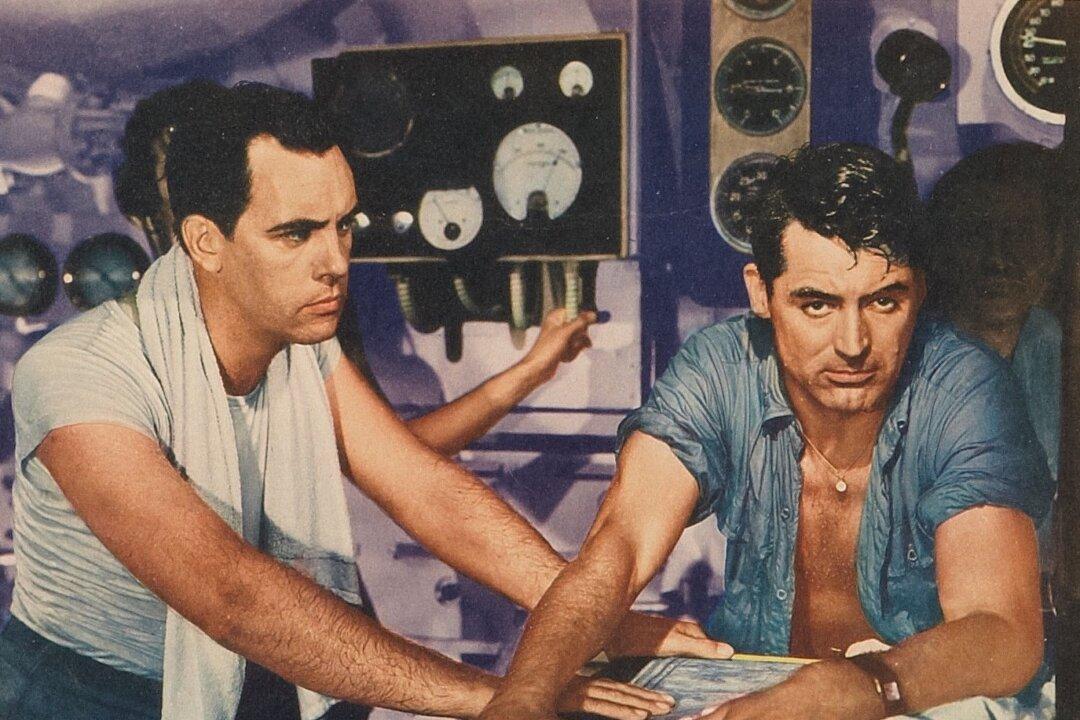Commentary
War films made during World War II are now often called propaganda films. It’s true that, for the duration of the war, Hollywood worked in conjunction with the war department to ensure that American movies were aiding the war effort, not hindering it. However, this negative label implies that the purpose of these films was simply to manipulate people. While some war movies did alter historical facts, the majority had no bigger purpose than to boost morale.





